How to Make Millet Porridge House Favorite
13 min read Learn how to prepare a delicious and traditional millet porridge that is a house favorite in Ghanaian cuisine. July 10, 2025 15:05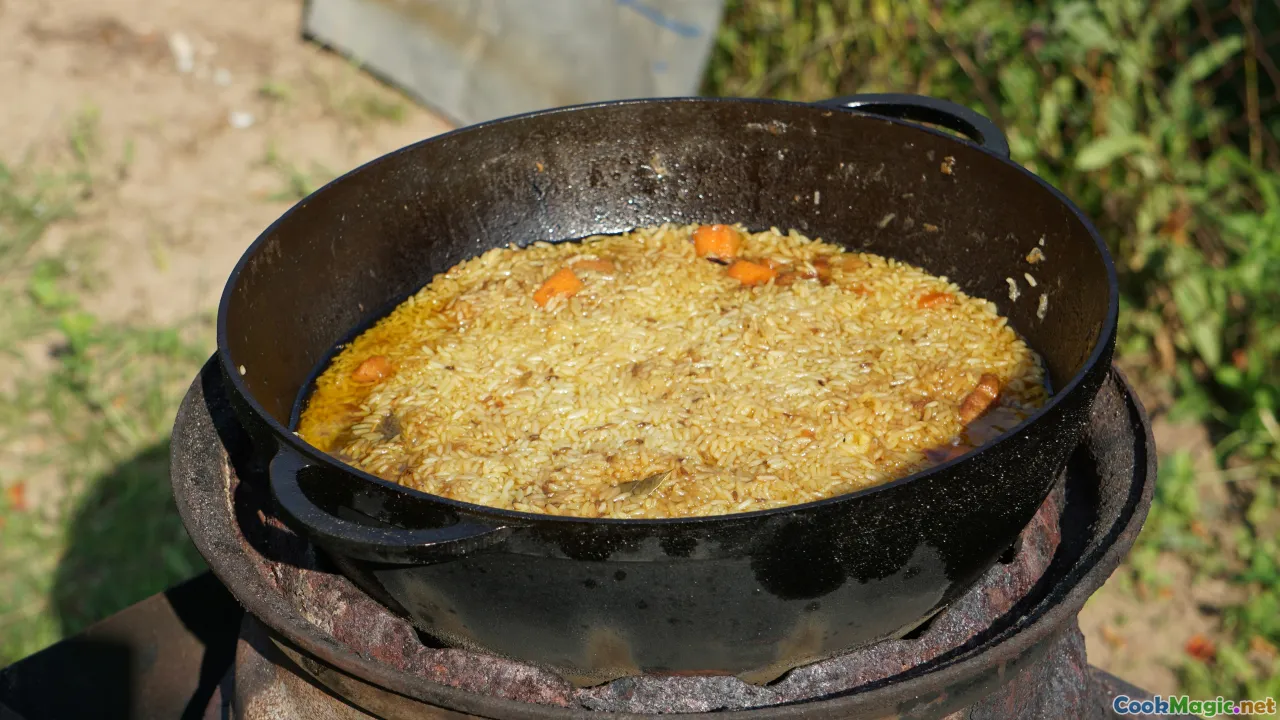
How to Make Millet Porridge House Favorite
In the vibrant heartlands of Ghana, where mornings greet you with the aroma of freshly cooked dishes and every meal tells a story, millet porridge—known locally as kpekpe or chikpaa—holds a special place. It’s more than just breakfast; it’s a cultural symbol, a warm hug on chilly mornings, and a nostalgic reminder of home for many Ghanaians living abroad. Making a perfect pot of millet porridge is an art rooted in tradition, patience, and a love for simple yet nourishing foods.
Many Ghanaian households pass down cherished recipes, each family adding its own twist—whether it’s a pinch of ginger, a splash of coconut milk, or a handful of peanuts. This guide aims to take you through every step with vivid detail, enabling you to craft a millet porridge that’s not only authentic but also a sensory celebration. Let’s uncover how to transform humble millet into a comforting, house-favorite dish.
The Cultural Significance of Millet in Ghanaian Cuisine

Ghanaian cuisine is as woven with history as it is with flavor. Millet, a traditional grain in northern Ghana and parts of the Volta region, is celebrated not just for its robustness but also for its cultural importance. Historically, millet has been a staple crop among the Konkomba, Dagomba, and Gonja peoples, valued for its resilience in dry climates and nutritional density.
In many rural communities, millet cultivation goes hand-in-hand with local festivals and communal gatherings. During harvest seasons, the village square often becomes a lively tableau of music, dance, and the veneration of millet harvest—highlighting its symbolic role in sustenance and community bonding.
Most you might recognize millet from the classic Ghanaian breakfast staple, enjoyed with a side of fried plantains or beans, or incorporated into porridge served from a calabash bowl. It’s a dish that speaks to the resourcefulness of Ghanaian cooks and the resilience of their agricultural practices.
Selecting the Perfect Millet for Porridge
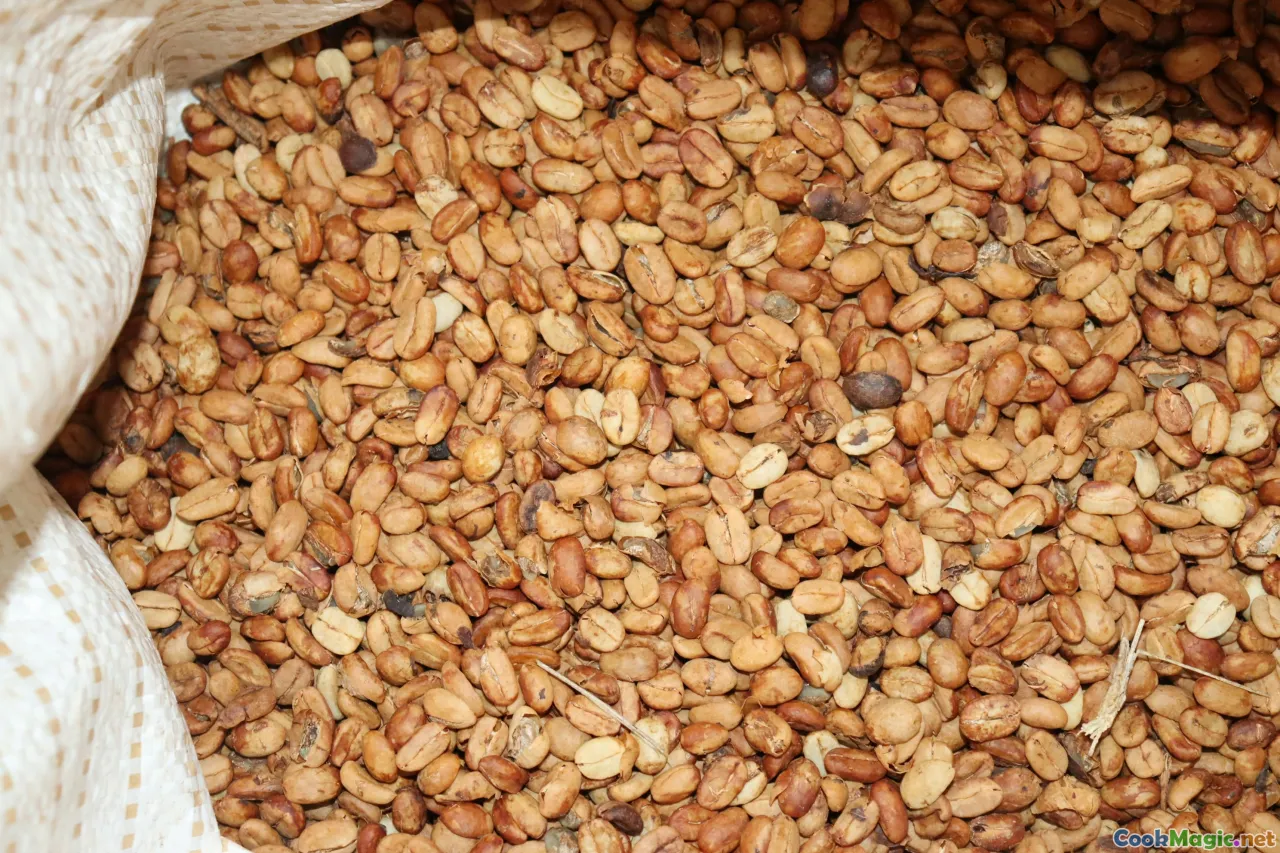
The journey to a delicious millet porridge begins with choosing the right grains. Ghanaian markets often stock pearl millet (Pennisetum glaucum) and, less commonly, finger millet. For porridge, pearl millet often yields a creamier, smoother texture, making it the popular choice.
When selecting millet, look for grains that are uniform in size with a light, creamy color—often with a hint of beige. Avoid grains that appear dull, shriveled, or stained, as they might have been stored improperly or are past their prime. Fresh millet emits a faint, nutty aroma—almost like toasted bread—indicating good quality.
For an authentic experience, consider sourcing locally milled millet from Ghanaian markets or specialty African stores. Some traditional millers still stone-mill millet in small batches, preserving the grain’s aroma and flavor profile.
Preparing Millet for Porridge
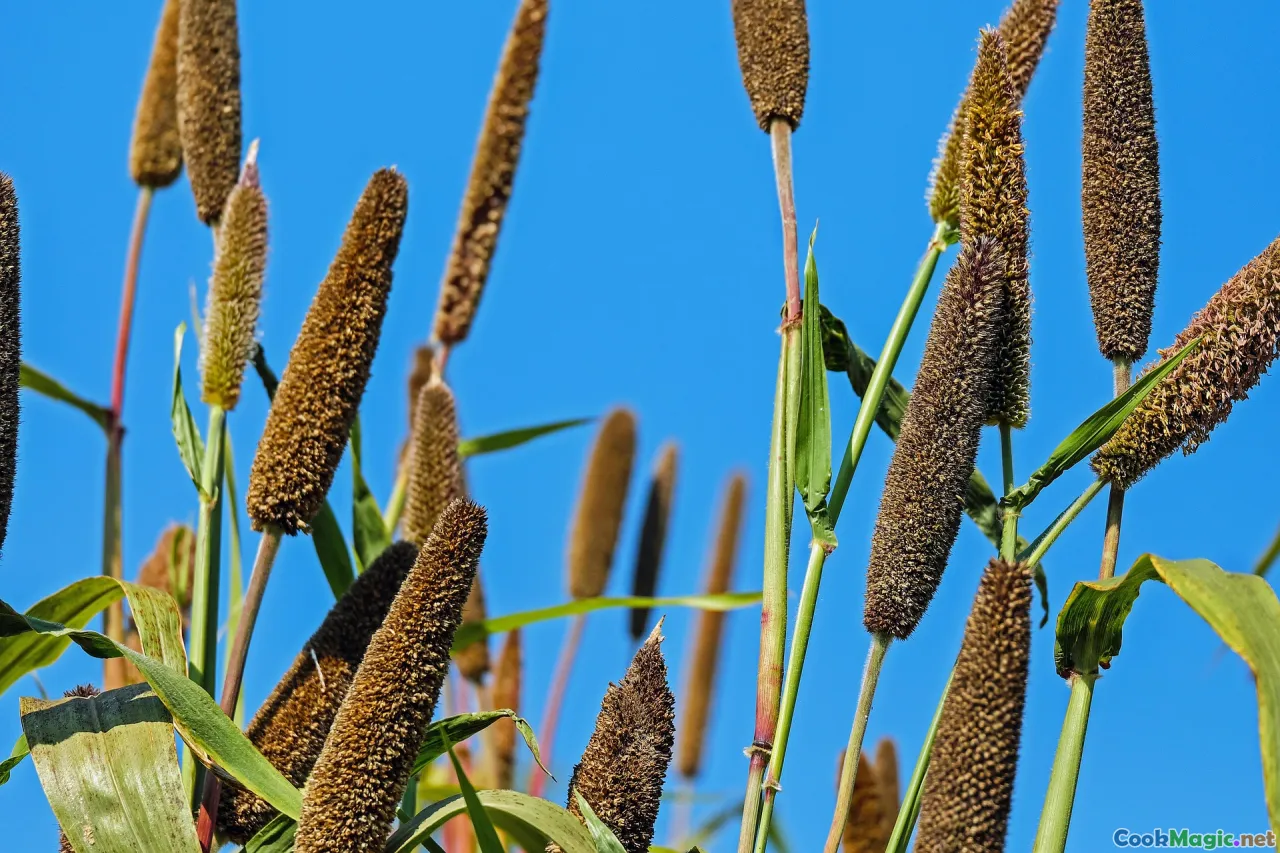
Before cooking, you need to prepare your millet properly. Start by thoroughly rinsing the grains under cold running water to remove any dirt, dust, or debris. Place the millet in a fine-mesh sieve and rinse until the water runs clear.
Some households prefer to soak millet for 2–4 hours or overnight to reduce cooking time and improve digestibility. Soaking also helps soften the grains, resulting in a smoother, creamier porridge.
After soaking, drain the millet and spread it on a clean cloth to dry slightly. This step is crucial if you plan to grind the millet into a smoother paste or a finer texture—particularly when making a very creamy porridge.
A tip from seasoned cooks: adding a pinch of salt during rinsing enhances flavor and minimizes any bitter aftertaste.
Traditional Method: Cooking Millet Porridge on the Stovetop
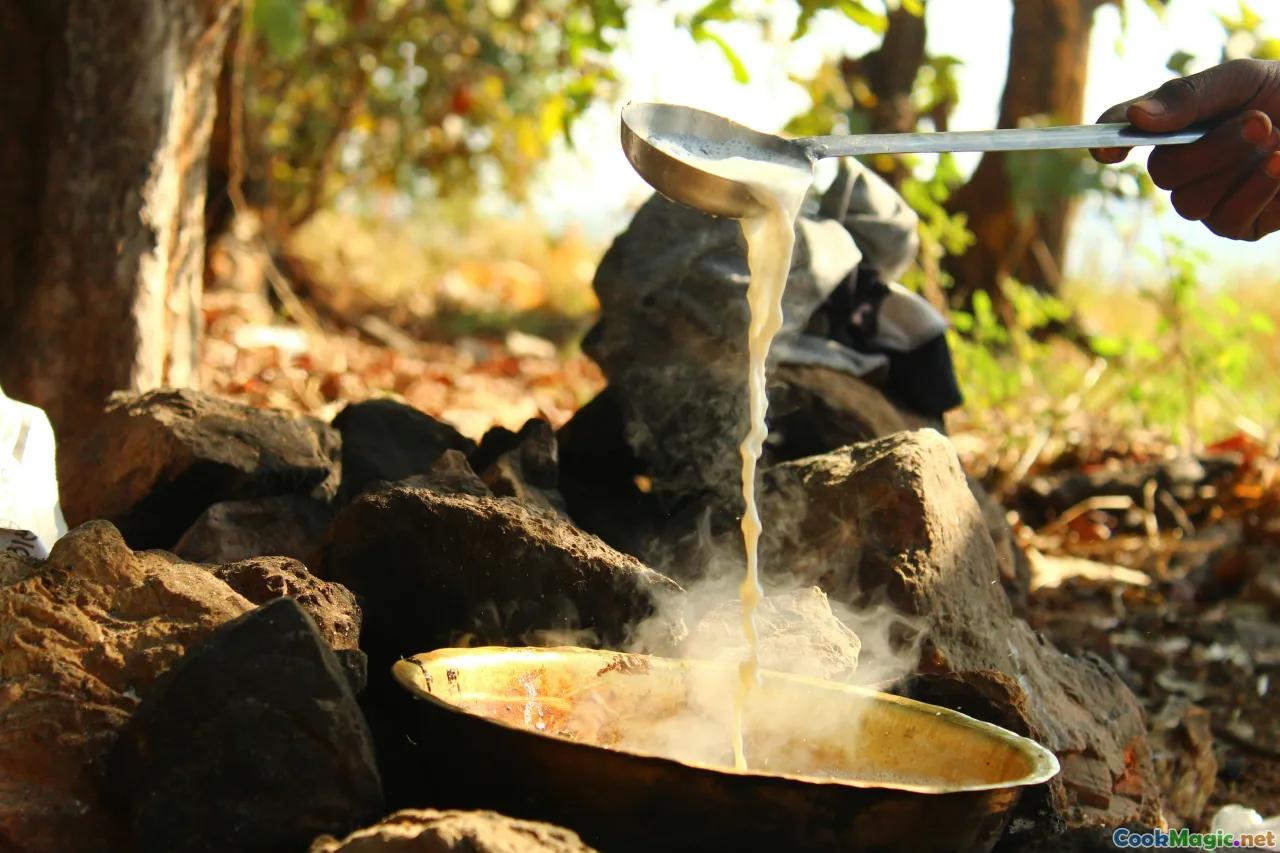
Now, let’s bring the grains to life with heat. The traditional Ghanaian way involves a large, heavy-bottomed pot—often earthenware or cast iron—to ensure even heat distribution. This method imparts a rustic aroma that’s hard to replicate.
Ingredients:
- 1 cup millet (soaked and drained)
- 4 cups water (adjust for desired consistency)
- A pinch of salt
- Optional: a piece of ginger, cinnamon stick, or pandan leaves for added aroma
Steps:
- Add the rinsed millet to the pot, pour in 4 cups of water, and add a pinch of salt.
- Bring to a gentle boil over medium heat, stirring intermittently to prevent sticking.
- Reduce the heat to low, cover, and let simmer softly for about 30–40 minutes. Stir occasionally and check the consistency.
- When the millet is tender and the mixture has thickened to a porridge-like consistency, taste and adjust salt as needed.
As it cooks, your kitchen will fill with a warm, earthy aroma—an unmistakable sign of comfort. The millet should be soft, slightly gel-like, with a creamy beige color. For extra richness, some add a splash of coconut milk or a teaspoon of butter near the end.
Speed Up the Process: Using a Pressure Cooker or Blender
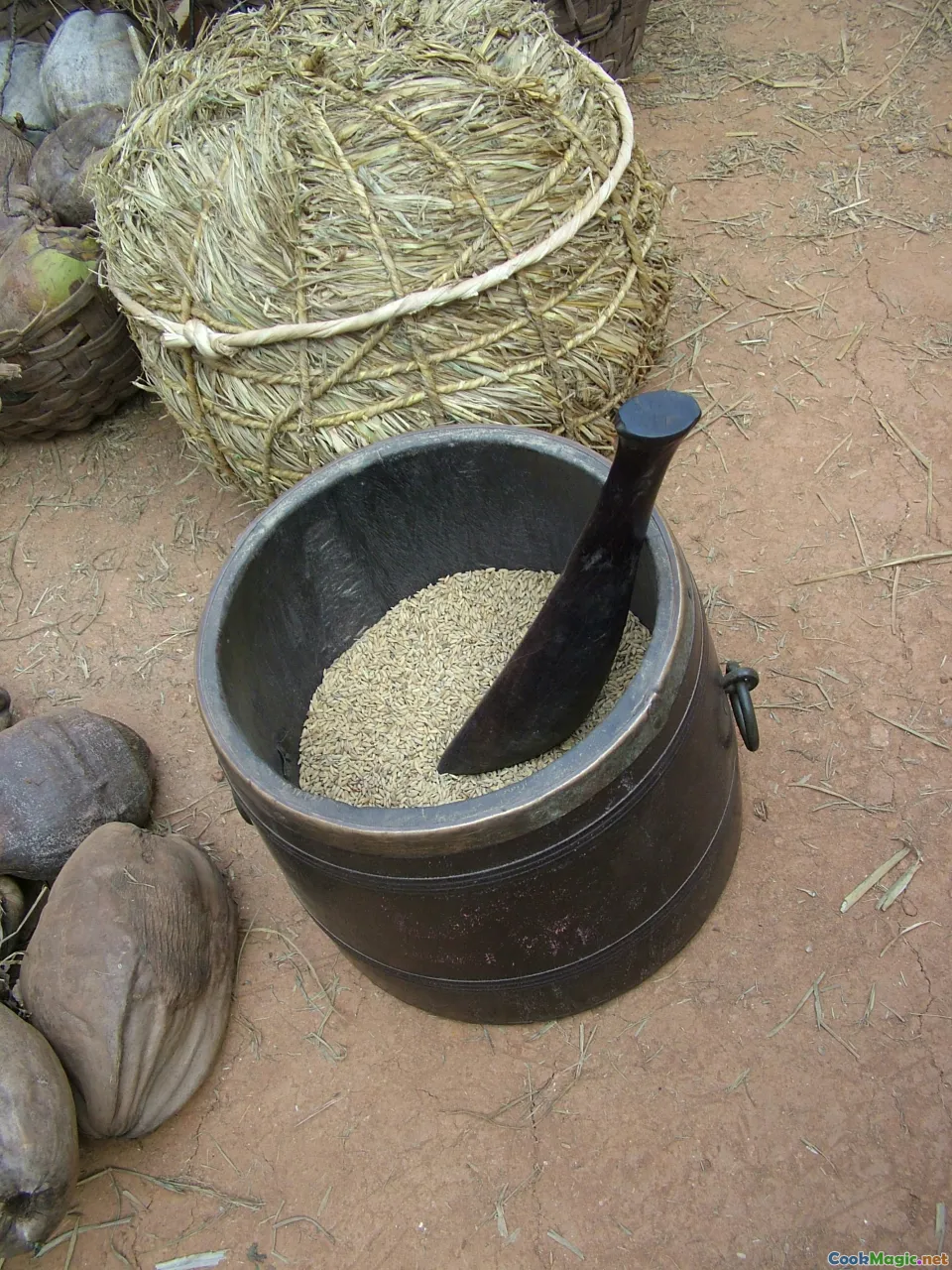
In modern Ghanaian homes, busy mornings call for faster methods. A pressure cooker significantly shortens cooking time—requiring about 10–15 minutes after reaching pressure.
Alternatively, for ultra-smooth millet porridge, some cooks blend softened, cooked millet with a little water or coconut milk, producing a silky texture perfect for draining into a fine, velvety consistency. Blending also enhances digestibility and offers a luxurious mouthfeel.
To prepare this way:
- Cook soaked millet in a little water until soft.
- Transfer to a blender with additional water or coconut milk.
- Blend until smooth.
- Reheat gently on the stove, stirring to achieve the desired thickness.
This method produces a more refined, modern take on traditional millet porridge—popular among Ghanaian diaspora families embracing fusion styles.
Flavoring and Variations to Elevate Your Millet Porridge
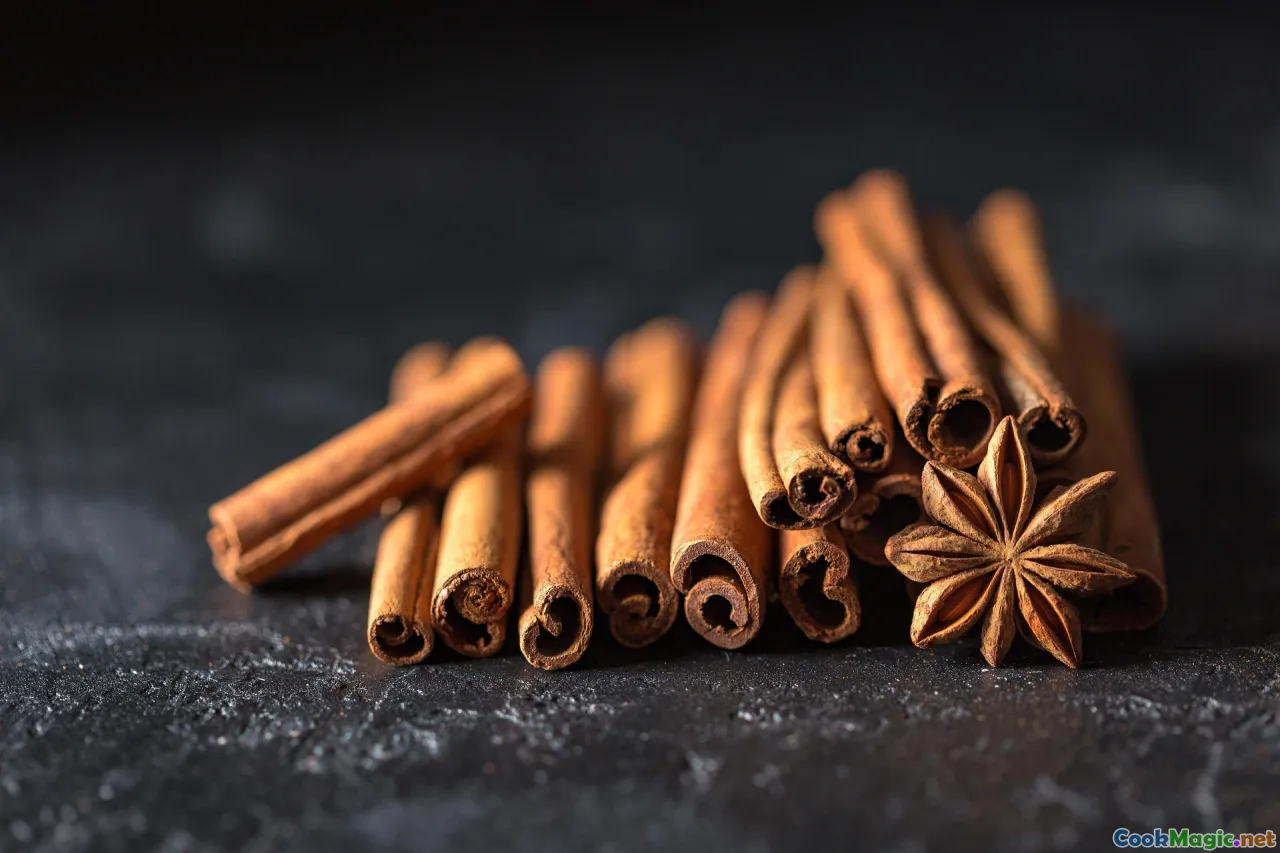
While the classic millet porridge is simply sweetened with a bit of sugar or honey, there’s a world of flavors waiting to enhance this humble dish. Here are some inspiring variations:
Ginger and Spices
Adding fresh ginger slices while cooking infuses the porridge with a warm, spicy aroma. Cinnamon sticks or a dash of nutmeg also lend a cozy, fragrant touch.
Coconut Milk
Stirring in coconut milk toward the end of cooking intensifies the tropical aroma and renders a creamier, richer consistency—truly house-favorite level comfort.
Sweeteners
Traditional Ghanaian homes often sweeten millet porridge with honey, palm sugar (kpekpe), or brown sugar. For a healthier twist, fresh date syrup or mashed ripe bananas work beautifully.
Toppings and Sides
Top with chopped roasted groundnuts (peanuts), sliced ripe plantains, or a drizzle of local honey. Serving with boiled eggs or a small piece of fried fish makes for a hearty, balanced breakfast.
Savory Versions
In some regions, millet porridge is adapted for savory occasions, flavored with tomatoes, onions, and a dash of red pepper, served alongside grilled meats or vegetables.
Serving Your Millet Porridge: A Sensory Experience
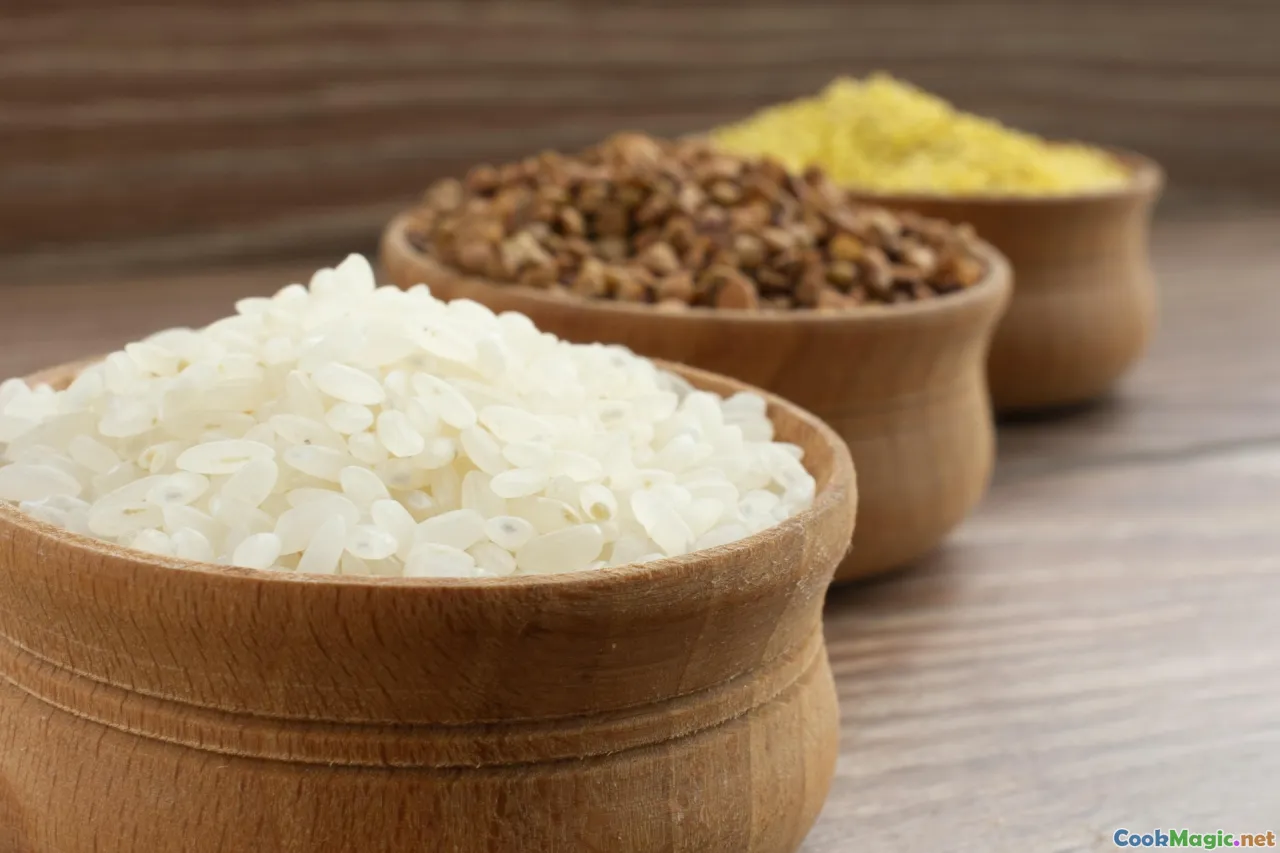
Presentation matters—especially in Ghanaian culture where meals are often a feast for the senses. Serve your millet porridge steaming hot, ideally in a traditional kente-patterned bowl or a simple clay pot.
Ladle it generously, allowing the creamy, slightly textured grains to sparkle under a sprinkle of groundnut or a cinnamon dusting. Complement it with side dishes like fried plantains (k Produced), fresh fruit slices, or small cups of cold Gari (fermented millet dough) for added texture.
The smell of warm spices mixed with toasted millet, combined with the visual appeal of golden toppings, elevates this humble dish into a centerpiece of comfort—a staple that reminds Ghanaians of home and lets them feel connected to their roots.
Personal Touches and Tips for Perfection
- Consistency: Adjust water ratio for your preferred texture—thick and gloopy or light and soupy.
- Flavor balancing: Always taste before serving; a pinch more salt or a touch of sweetness can make a difference.
- Texture tweak: Slightly undercooked millet offers a pleasant bite, while fully soft millet melts in your mouth.
- Serving temperature: Millet porridge is best enjoyed hot, especially in colder mornings or after a night’s sleep—it inherently warms the soul.
Remember, making millet porridge is as much about patience as it is about flavor. The process is meditative, and every stir, aroma, and spoonful connects you deeper to Ghanaian culinary traditions.
For those seeking authentic, soulful taste, home-cooked millet porridge is a universal language of warmth, community, and heritage. Whether you are cooking in Accra, Kumasi, or your own kitchen abroad, this dish embodies the resilience and richness of Ghanaian cuisine.









